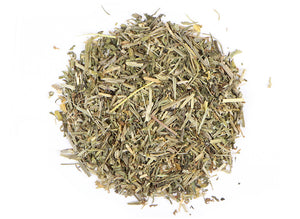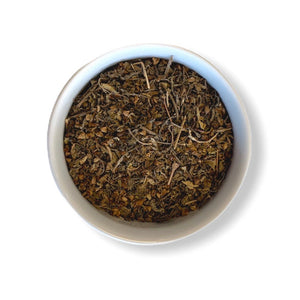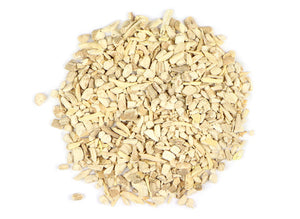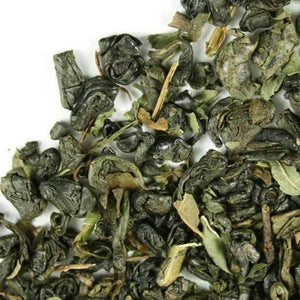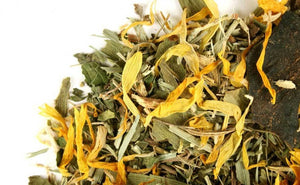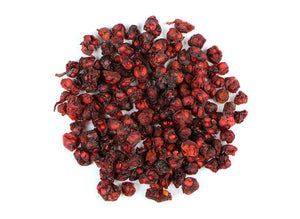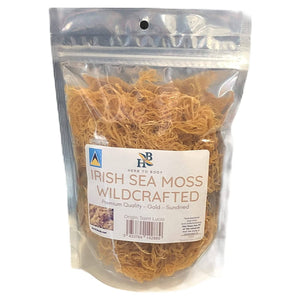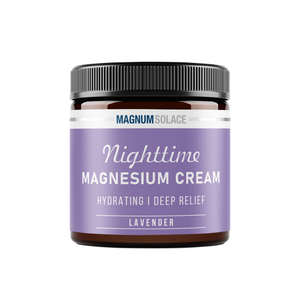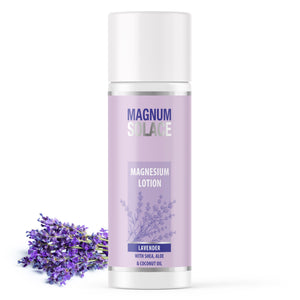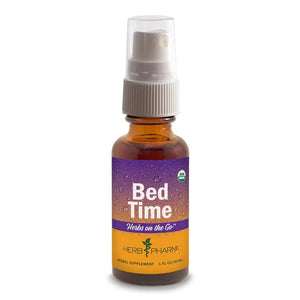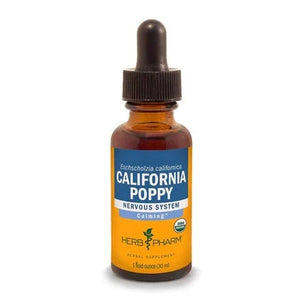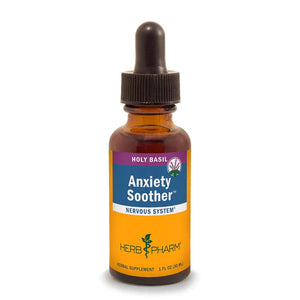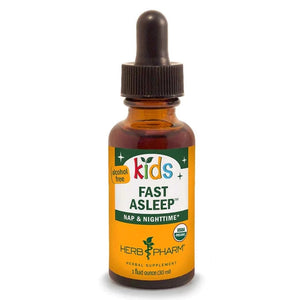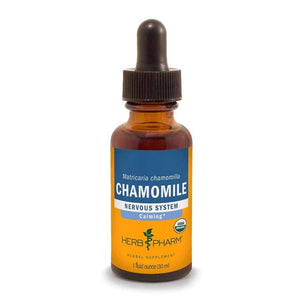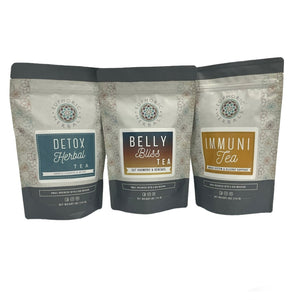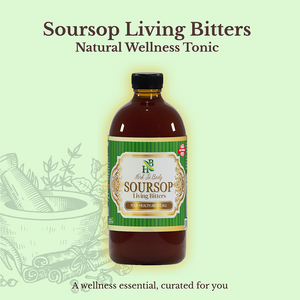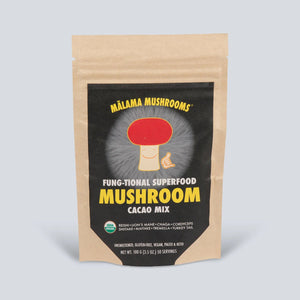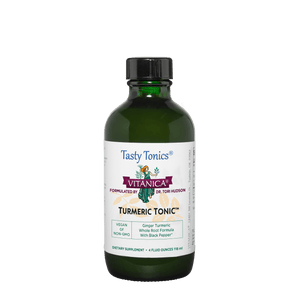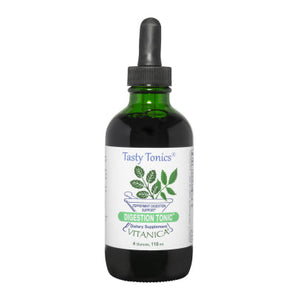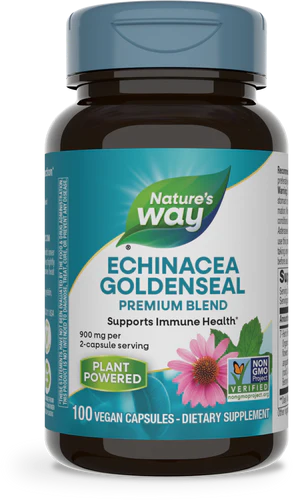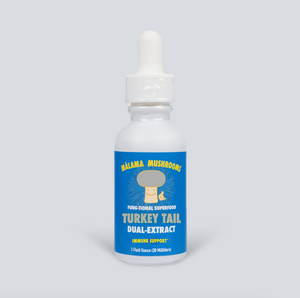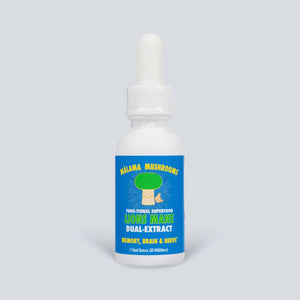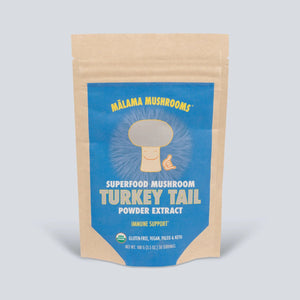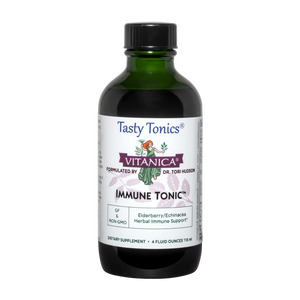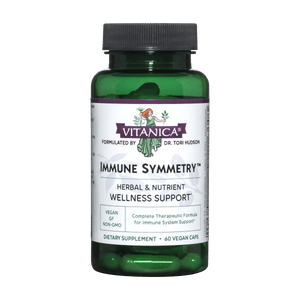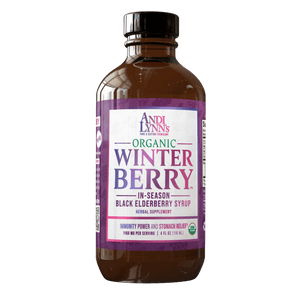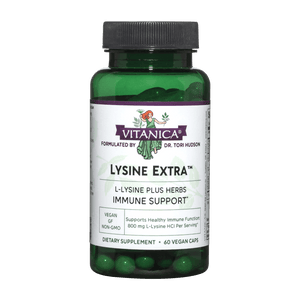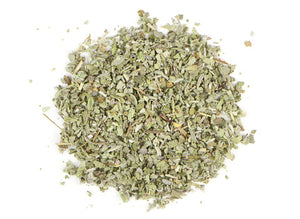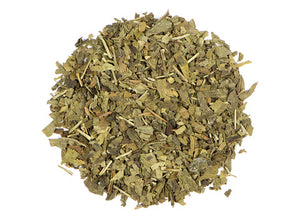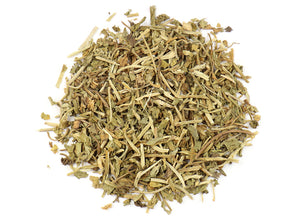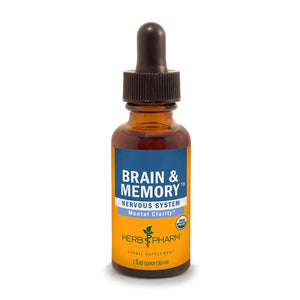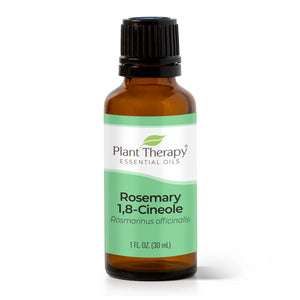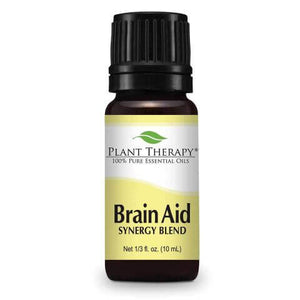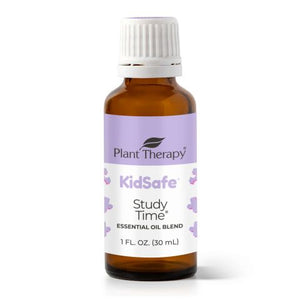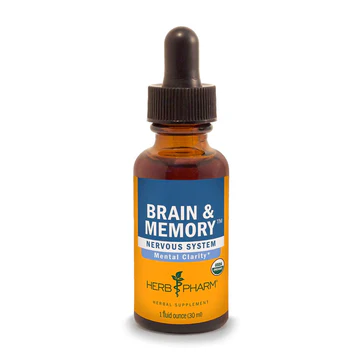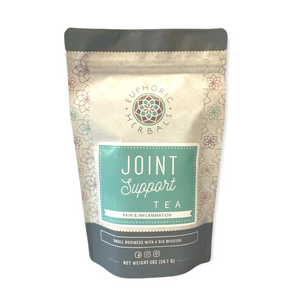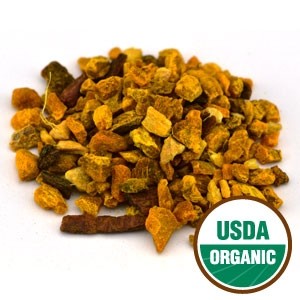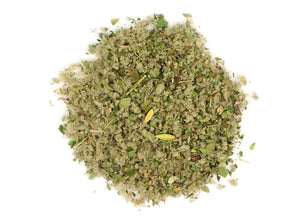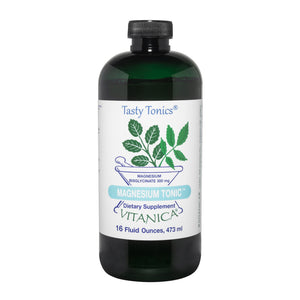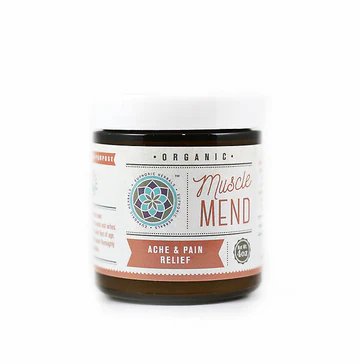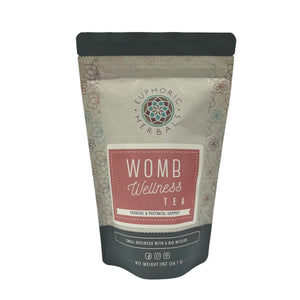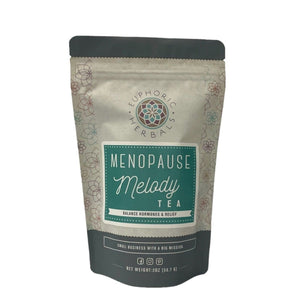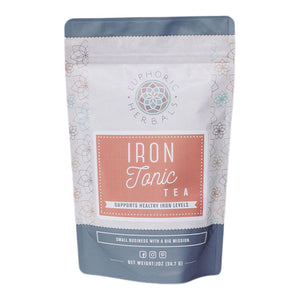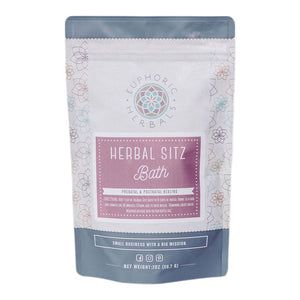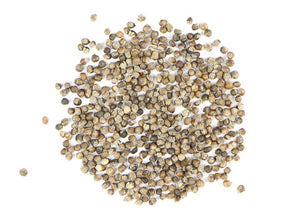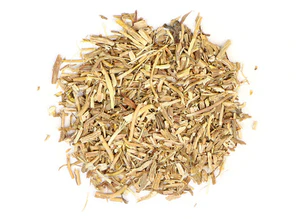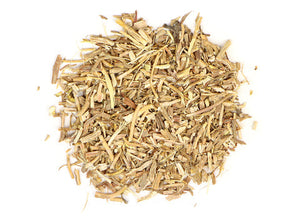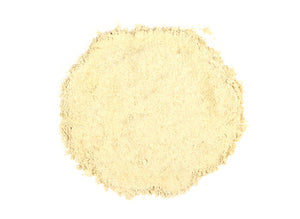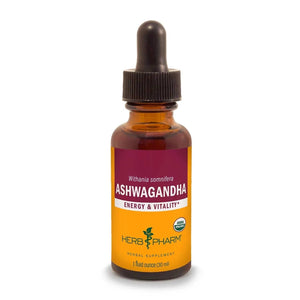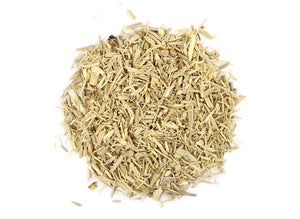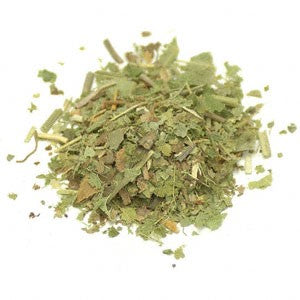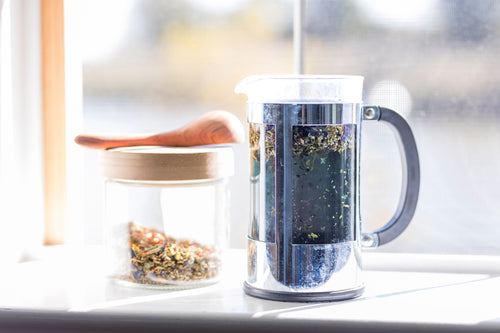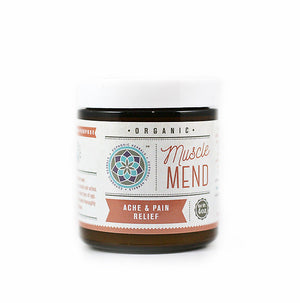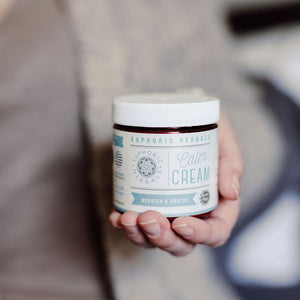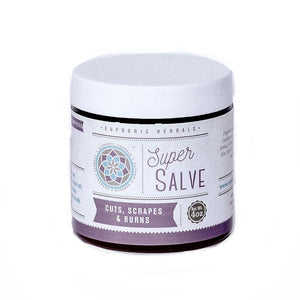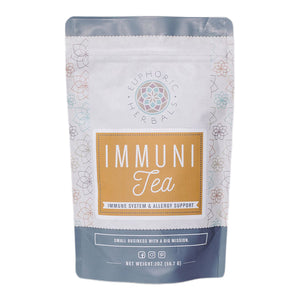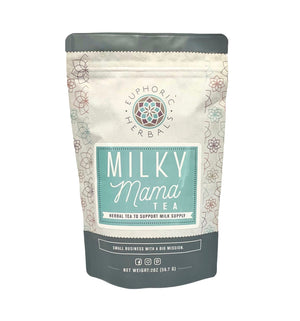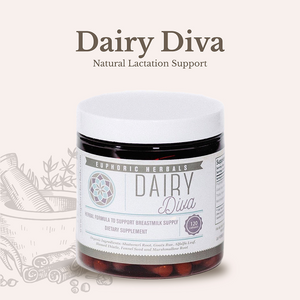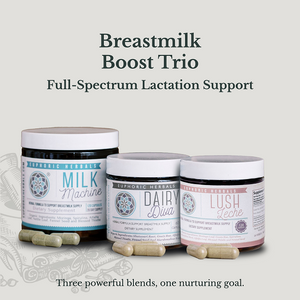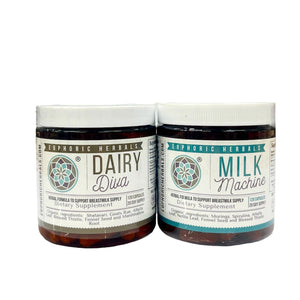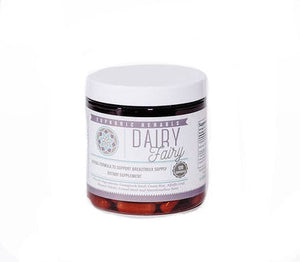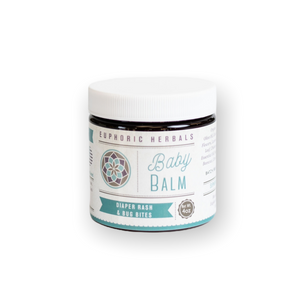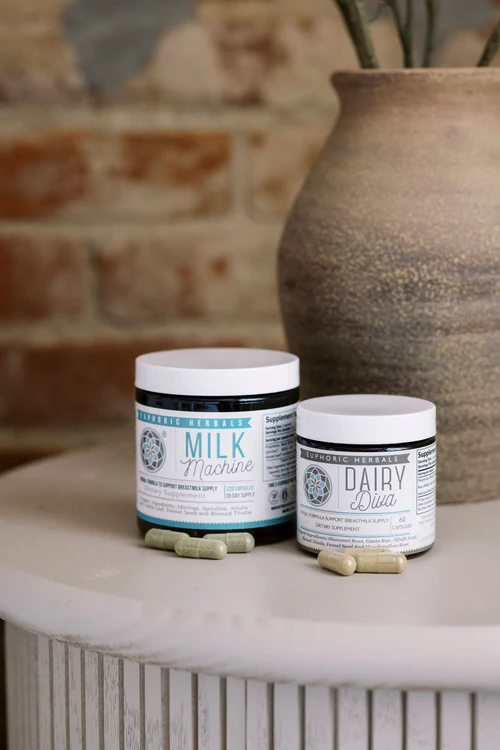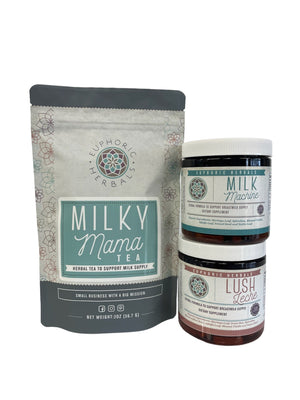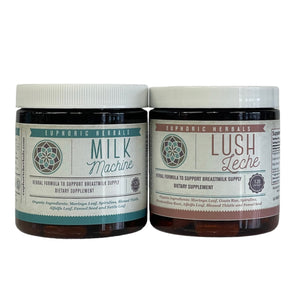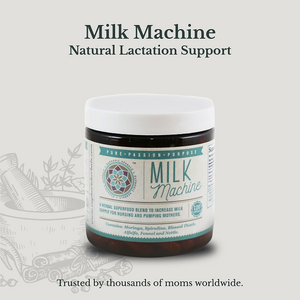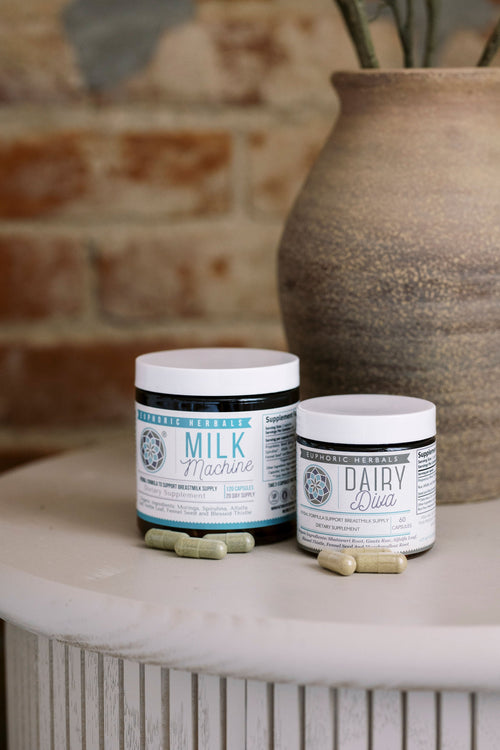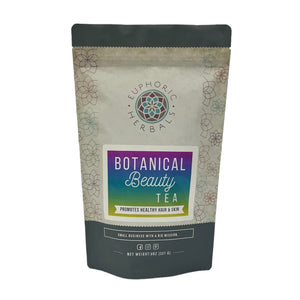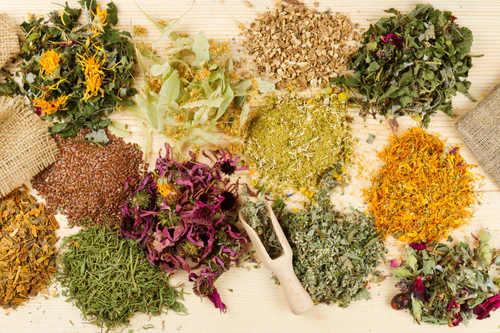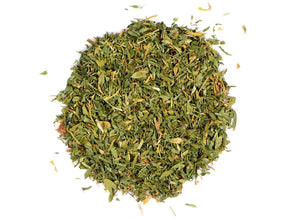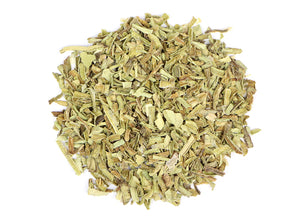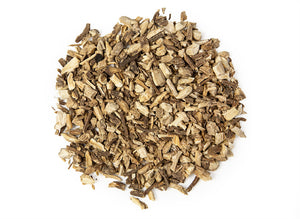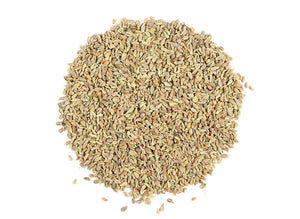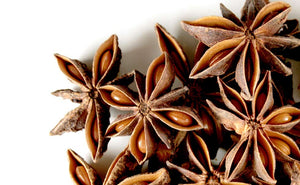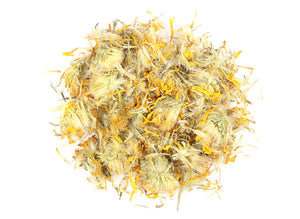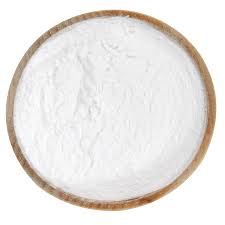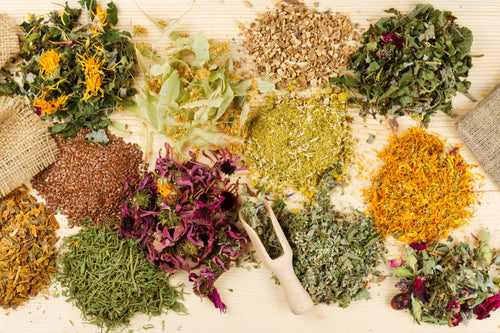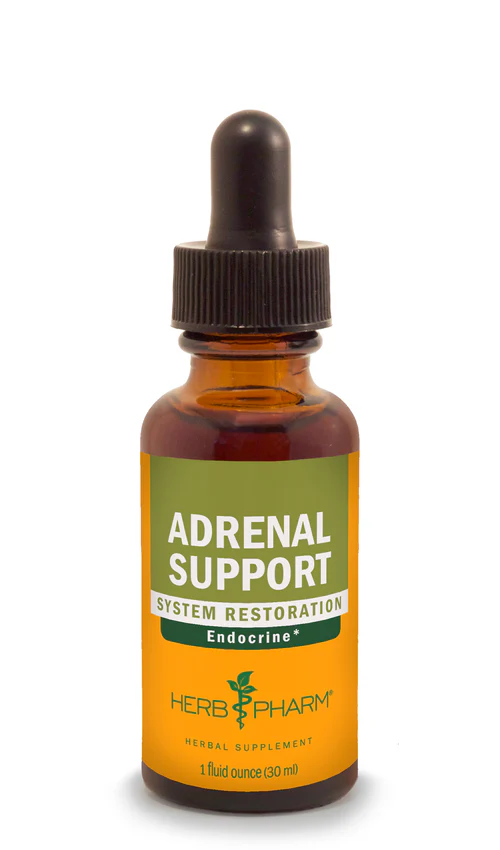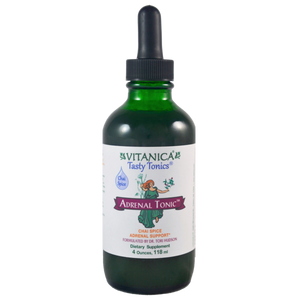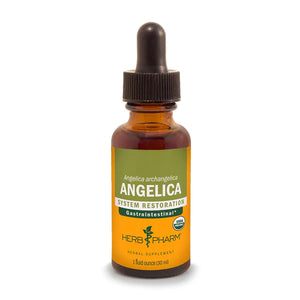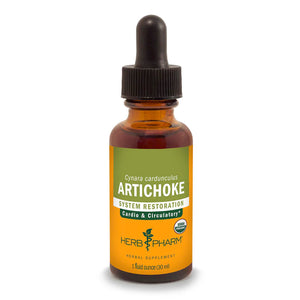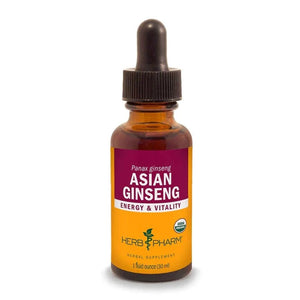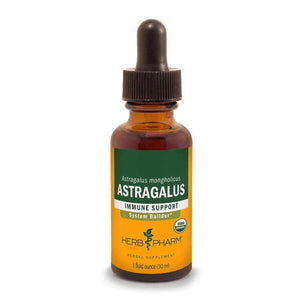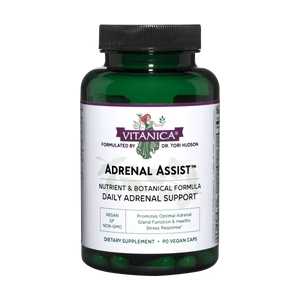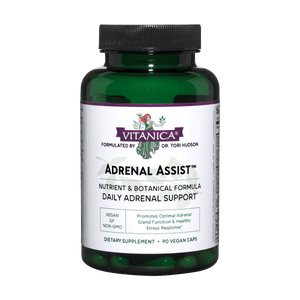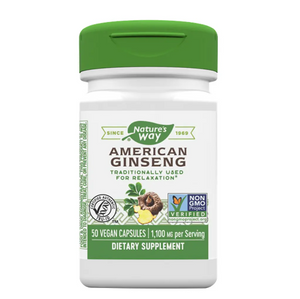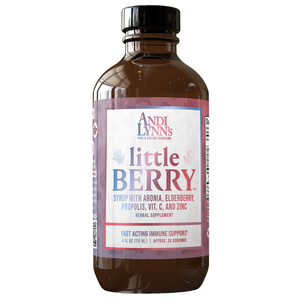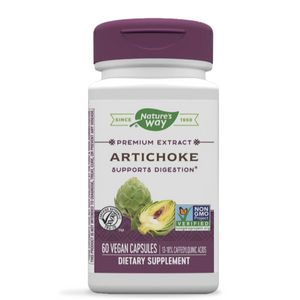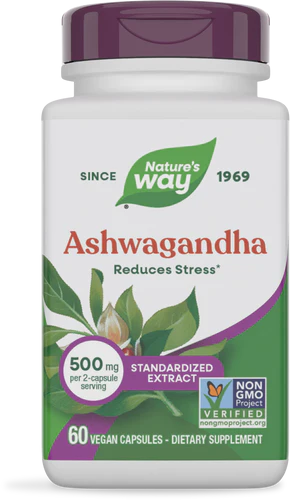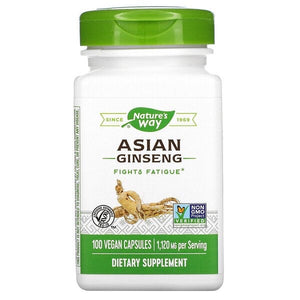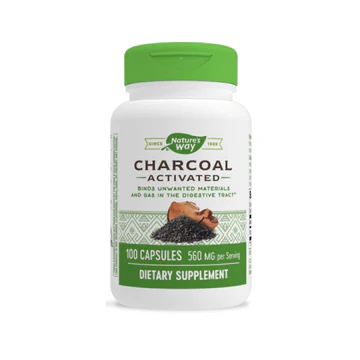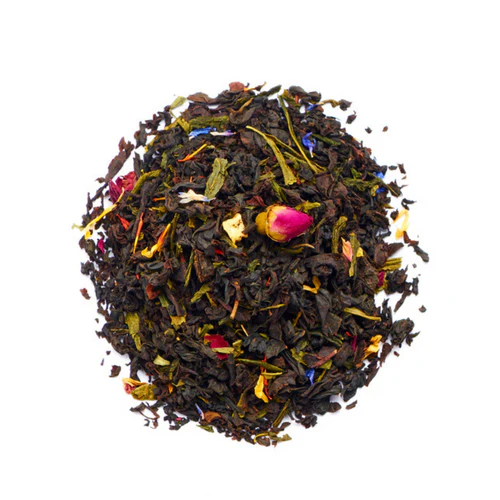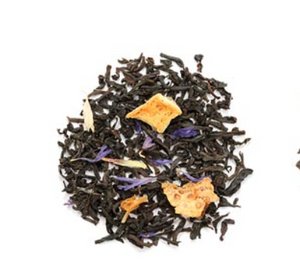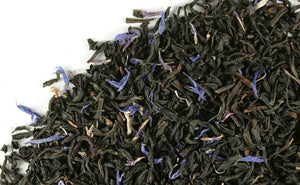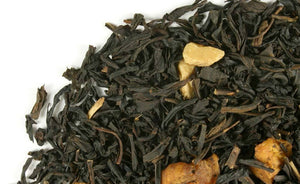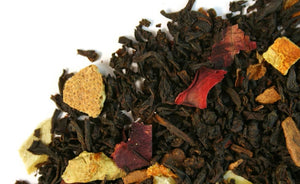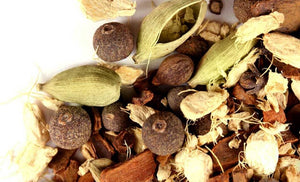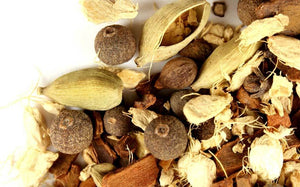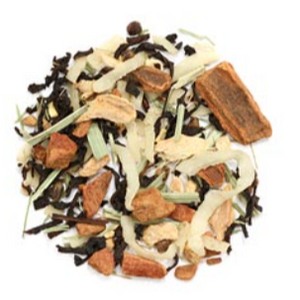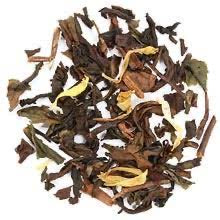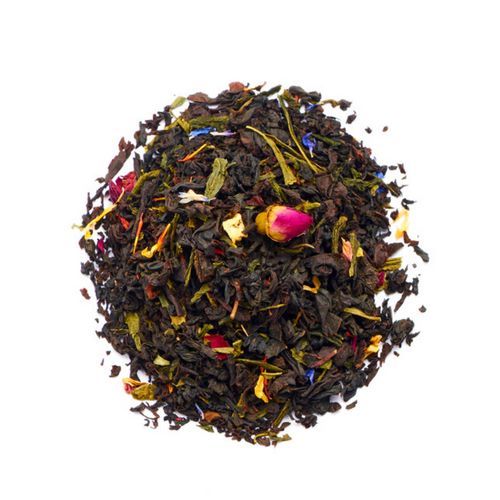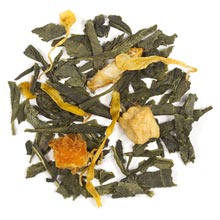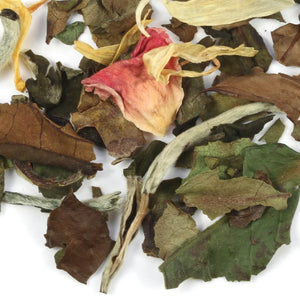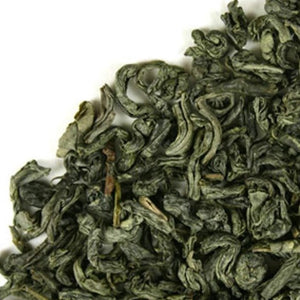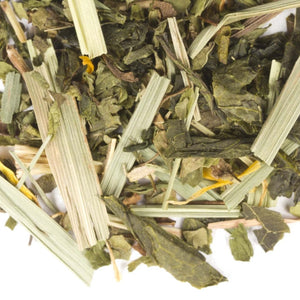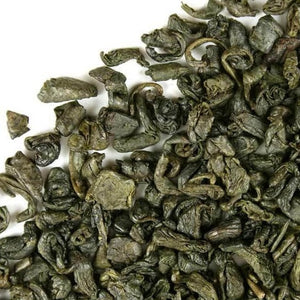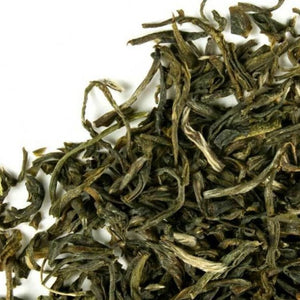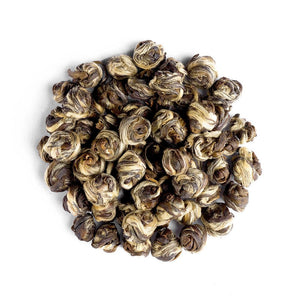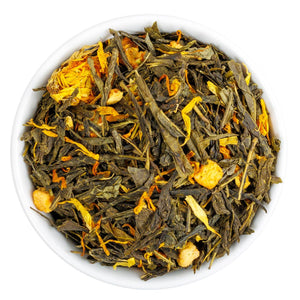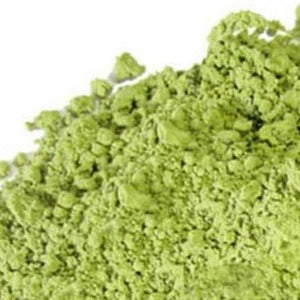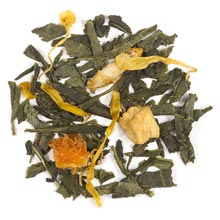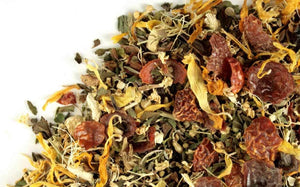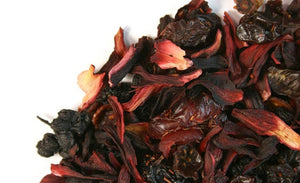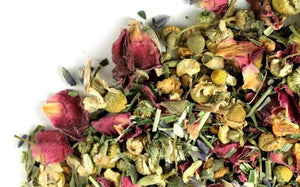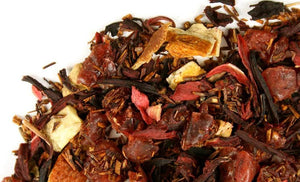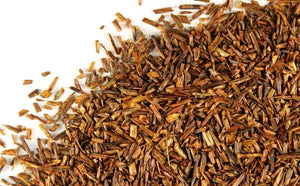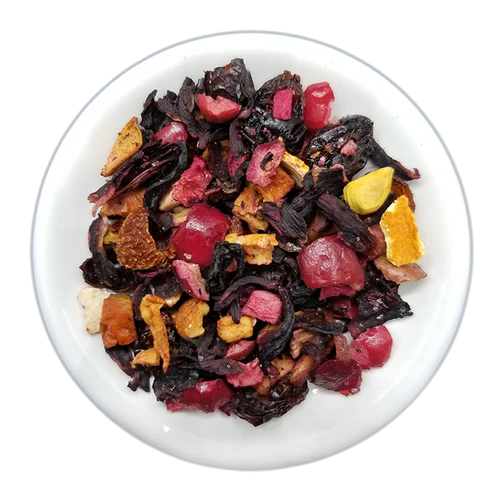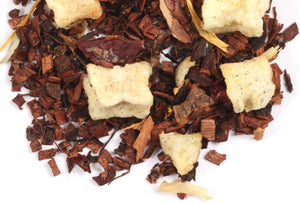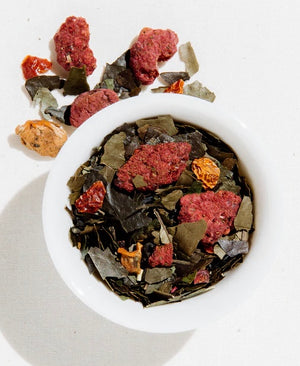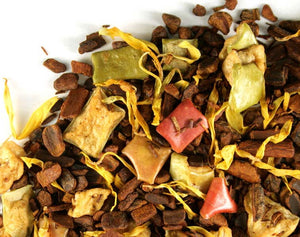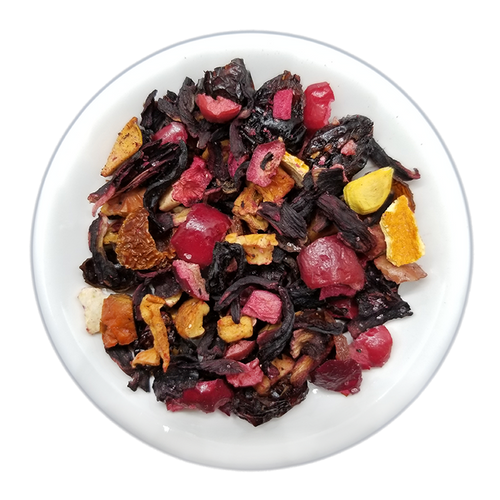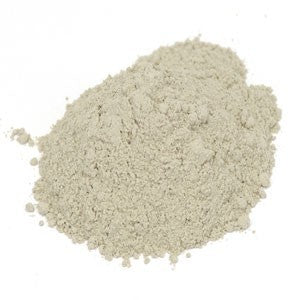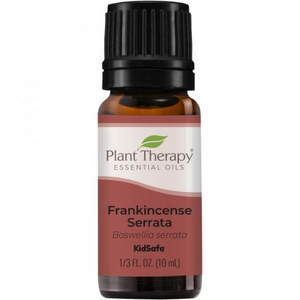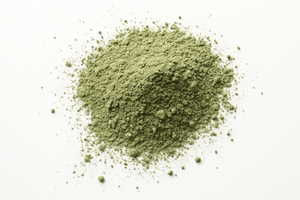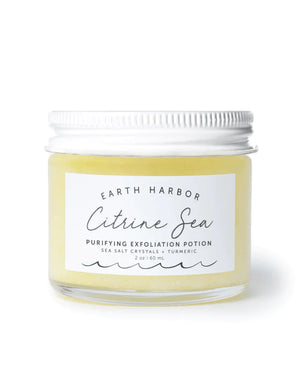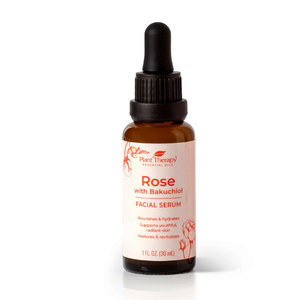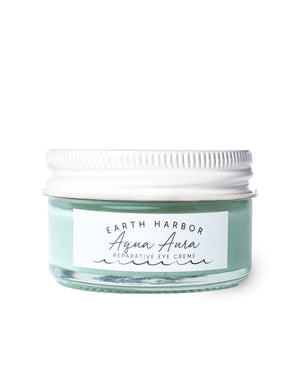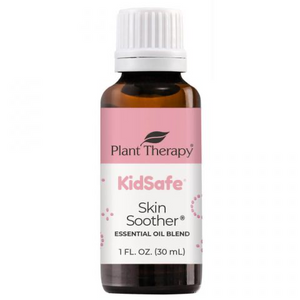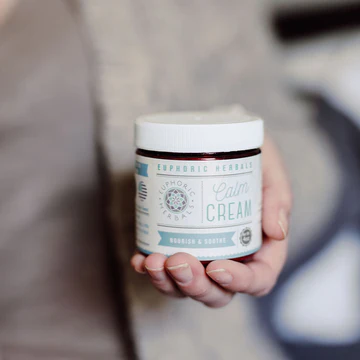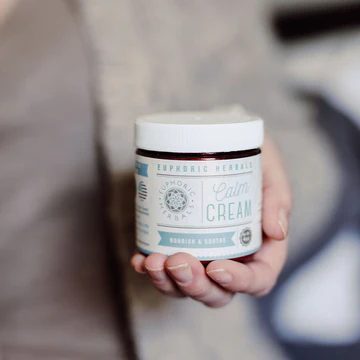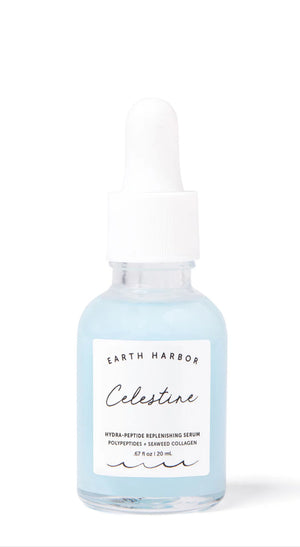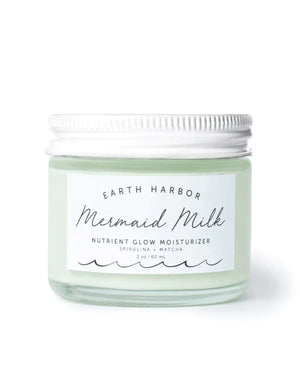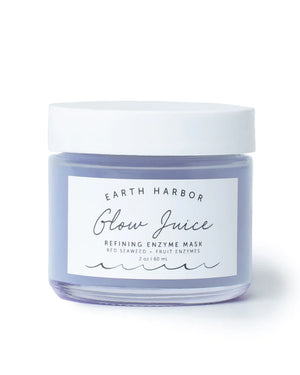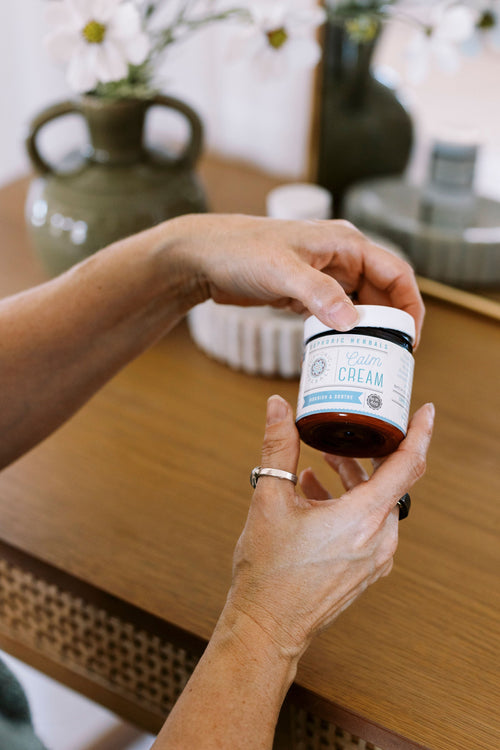Dealing with pain can be exhausting and draining. It's no wonder that the first solution is often to reach for an over-the-counter (OTC) or prescription painkiller. Yet, more and more people are also looking to herbs and other natural remedies for pain relief.
Part of the reason for this is that the dangers of prescription painkillers are becoming more well known. While pain medicine can be necessary in certain circumstances, the side effects can be rough: nausea, dizziness, insomnia, confusion, depression, etc.
Even worse, many painkillers are addictive in nature. Opioid pain relievers are the worst abused drug and responsible for almost 23,000 deaths each year from overdose. (1)
Even OTC medicines like aspirin and acetaminophen can cause stomach ulcers and liver damage if taken for too long.
If you'd like to discover a more natural way to find pain relief, the world of herbs has much to offer. Here are some of the top herbs (and spices) for pain and how to use them.
Understanding the Use of Herbs for Pain Relief
There are many different herbs that can provide some form of pain relief, but they have different ways of working.
Analgesic herbs refer to plants that specifically work to relieve pain. Many of these are also anti-inflammatory, which means they treat acute or chronic inflammation that is causing pain.
Other herbs have antispasmodic properties. They calm muscles spasms and cramps responsible for pain. The type of pain you have will help to determine which herbs will work best.
In addition, you can manage your pain two main ways: internally and externally/topically.
Using herbs to make teas, tinctures, capsules, and extracts is one way to naturally relieve pain. This type of herbal medicine works from the inside out.
You can also use topical remedies for pain relief. For example, you might use an herbal balm on sore joints or an herbal sitz bath to relieve postpartum soreness.
Also, keep in mind that herbs often do not work as quickly as swallowing a pill. Some can provide immediate relief, like this herbal tea blend for headaches. Others will need to be taken for a longer period of time before you experience the full effects.
Finally, remember that pain is your body's way of telling you something is wrong. If possible, work to address the underlying cause of pain as well.
Herbs for Natural Pain Relief
Peppermint
Peppermint is a traditional herbal remedy for pain, especially headaches. It also has antispasmodic properties that are especially helpful for relieving digestive pain and cramping.
Peppermint is frequently made into a tea for indigestion and headaches. In fact, it's one of the herbs in this Headache Releaf tea.
The essential oil can be used topically to relieve pain. It's been shown to be especially helpful for treating sore muscles, tension headaches, and migraines. (2)(3)
Capsaicin
Capsaicin is one of the active compounds found in hot peppers like cayenne. Along with improving circulation and stimulating digestion, capsaicin is also a natural painkiller.
You'll most often find capsaicin in topical treatments for pain, which are very effective. (4) You can use one of these creams for arthritis pain, sore muscles, and aching joints.
Ginger
Ginger root is another herb with a history of use for natural pain relief. It reduces inflammation and has often been used to relieve arthritis pain and menstrual cramps.
While ginger tea made with the fresh root is often recommended for cramping, congestion, and nausea, dried ginger powder is also showing promise for treating pain. (5)
To get relief from cramps and other PMS symptoms, try ginger with other herbs in this Menstrual Melody tea.
Turmeric
Turmeric is an ancient spice that has recently come to the forefront as a potent medicinal herb. It's been used for centuries, especially in Ayurvedic and Chinese medicine, as an anti-inflammatory and pain-reliever. You can try turmeric root in our Joint Support Tea blend.
Much of this comes from one of turmeric's active compounds: curcumin. (6)
Unlike some of the other herbs for pain relief, the effects of turmeric are most noticed over time. You can take turmeric powder in capsules daily or try making a golden milk recipe.
Cramp Bark
Cramp bark comes from the ornamental shrub Viburnum opulus. The bark of the plant has long been used medicinally by the Native Americans and other herbal practitioners.
Like its name suggests, cramp bark can be used to relieve muscle spasms, especially menstrual cramps. It can also help with postpartum pains in this Afterbirth Ease formula.
Yarrow
Yarrow is an herb with many benefits for pain relief. It's a natural anti-inflammatory and antispasmodic that can be used internally or externally. (7)
Yarrow can be especially helpful for women who have painful periods, PCOS, or endometriosis. (8) It also helps to regulate irregular periods. You'll find yarrow in this Menstrual Melody tea.
Chamomile
Though typically thought of as an herb for sleep and stress, chamomile is also a pain reliever. It calms inflammation and muscle spasms and can settle digestion.
Chamomile tea has long been used for arthritis pain, headaches, and other body aches. (Rosemary Gladstar. Medicinal Herbs: A Beginner's Guide, pg. 118) You can also use it externally in a bath or as an essential oil to soothe muscles.
Both chamomile and yarrow are included in this herbal sitz bath that relieves soreness and promotes healing right after giving birth.
Willow Bark
White willow bark is one of the oldest herbs to be used for pain relief. It contains a compound called salicin that acts in a similar way to aspirin, relieving pain and inflammation. (9)
The bark can be made into a tea or used in a more concentrated extract form for arthritis and other types of pain.
White willow should be used with more caution than other herbs as it has side effects similar to aspirin. It should not be given to children or taken by those with an aspirin allergy, bleeding disorder, and anyone taking blood thinners.
More Herbs for Pain Relief
Feverfew has long been used for migraines, arthritis, toothaches, and stomach pain. It also reduces inflammation and treats fevers.
Cloves were the original toothache remedy due to the numbing effect of eugenol, one of the main active compounds. The oil can be used topically for muscle aches.
Motherwort and catnip are two especially helpful herbs for women dealing with pain from a difficult period or postpartum pain.
Lavender and lavender oil are antispasmodic and anti-inflammatory. Both work well for relieving tension headaches and migraines.
Natural Pain Relief is Possible With Herbs
Although conventional painkillers have their place, nature has given us many different herbs that bring pain relief naturally.
Most of these herbs are safe to use long-term, but you'll want to work with your doctor or natural health practitioner if you have a medical condition or your pain worsens.
If you're interested in using herbs for a specific type of pain, these herbal formulas can help:
- Afterbirth Ease Tea for postpartum pains
- Headache Releaf Tea (safe for pregnancy and nursing)
- Menstrual Melody Tea for painful and irregular periods
- Herbal Sitz Bath for soreness after giving birth
- Muscle Mend Salve for general aches and pains


